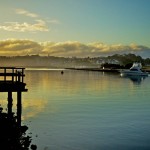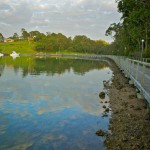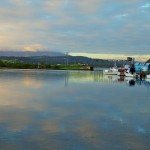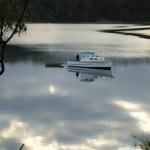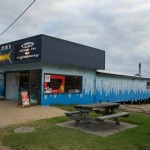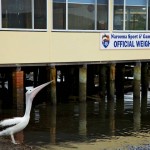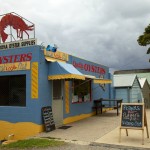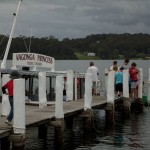The question is often asked, “How much should I charge for my work”? The answer is that you charge as much as you need to charge.
The principles are the same in any business. Work out your overheads, and then work out how much work you need to do to cover them. Then the figures just fall out.
So let’s say your overheads look something like this:
Rent $1000 pm $12000 / yr
Advertising fixed $200 $2400
Internet / Web $100 pm $1200
Wages $4000 $48,000
Total $63,600
Note the wages are YOUR wages. If you have staff then you have extra overheads.
If you can’t pay yourself a basic wage (eventually) then you need to stop doing it and go and work on a checkout at Woolworths or something. Either that or you regard it as a hobby.
Then you look at what you need to sell to achieve the overheads. You may do portraits, landscapes or whatever. Let’s say that you do portraits.
So you could sell one portrait session for $63,600 and you would be right! For most of us that is not going to happen.
So say a portrait session is $500. Then you would need to do 127 or so portraits a year. That’s roughly three portraits in a week. That’s a fairly relaxed number.
Say that you were charging $100 for a portrait session though. You would need to do 636 portraits or about 13 a week.
Unfortunately you don’t have all week to do portraits. In practice you can only work about two days and need to spend 3 days marketing yourself.
The next thing to consider is that sales aren’t free. For each sale there is a cost. This is called “Cost of Goods Sold” or COGS. So for each portrait session there is a cost to make the prints and frame them or whatever. These are you Variable costs, the ones that you incur the more you sell.
This is fairly basic. Anyone considering doing professional photography should consult with their industry body and perhaps do a mentoring program. In Australia, talk to the AIPP or ACMP. The AIPP I know has some excellent material and does a mentoring program. See www.aipp.com.au
Better Photography also has a lot of good information and courses at www.betterphotography.com
As they say, this is general and it is not advise and may not apply to your particular situation. You should seek independent professional advise before any decision.

